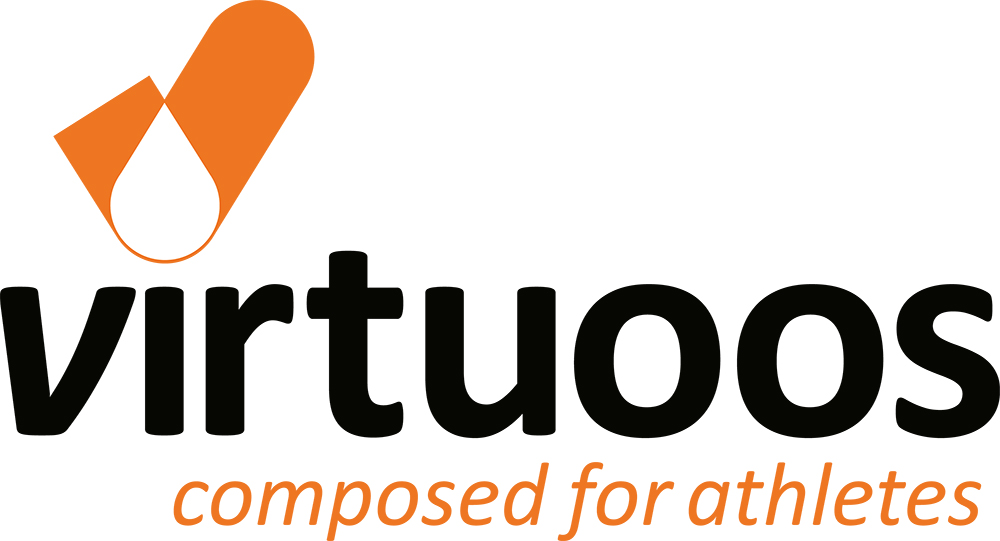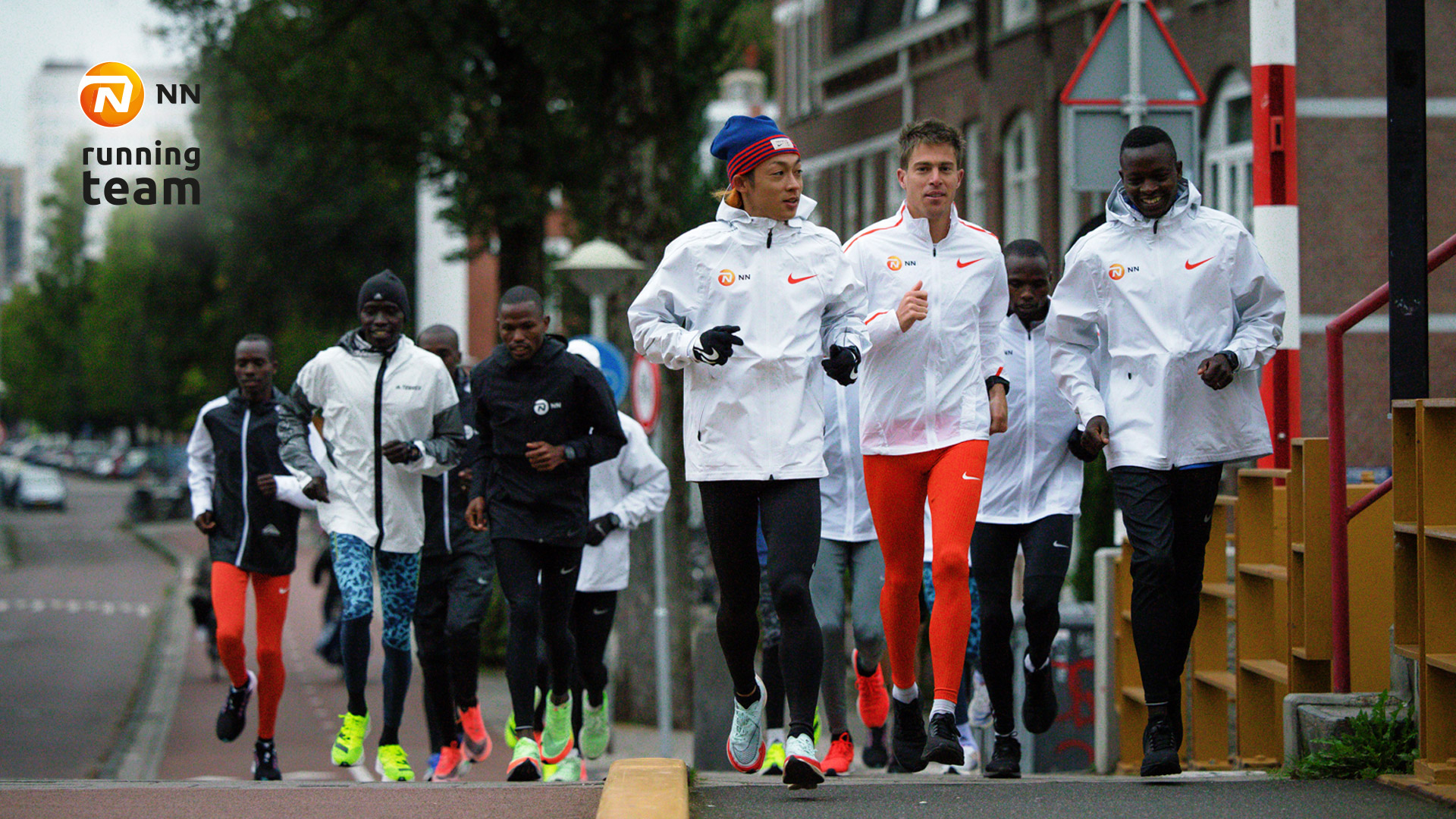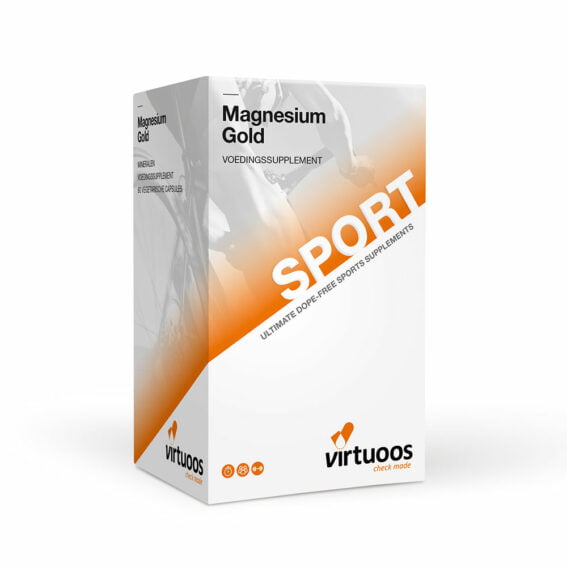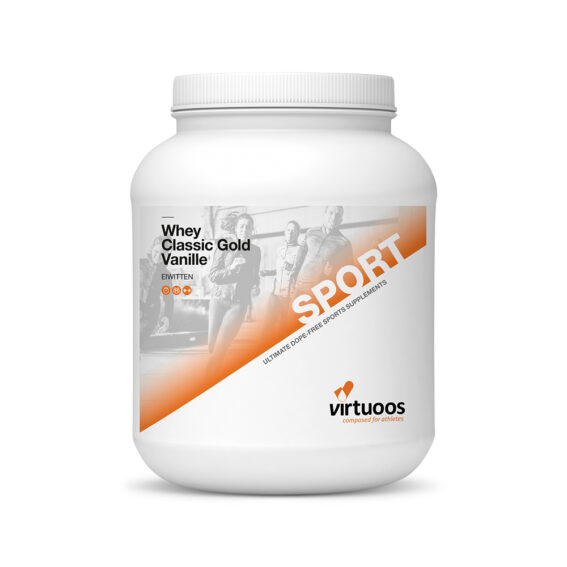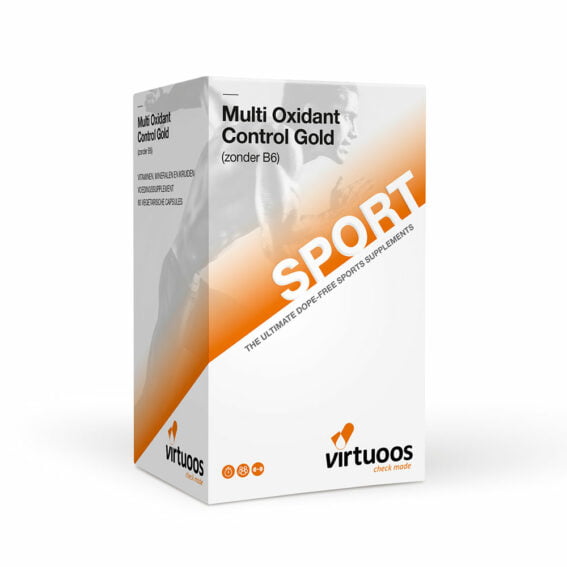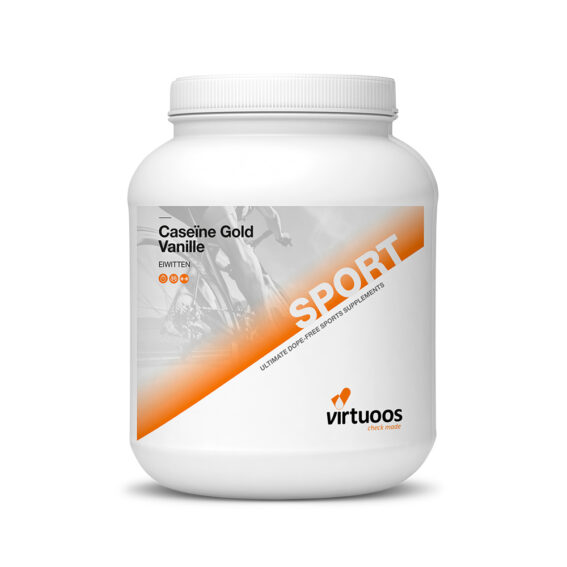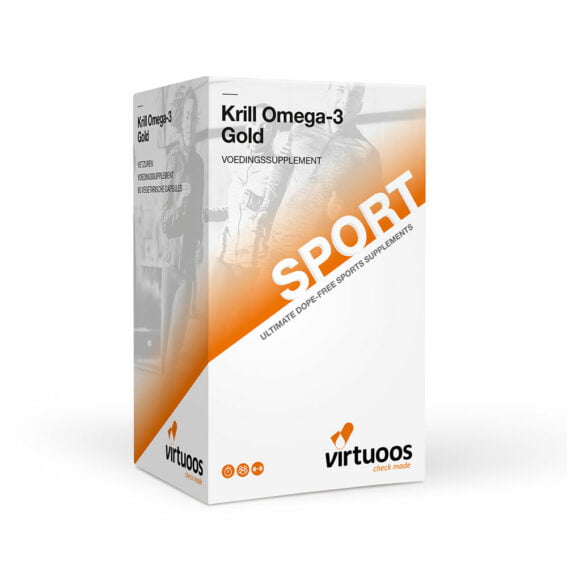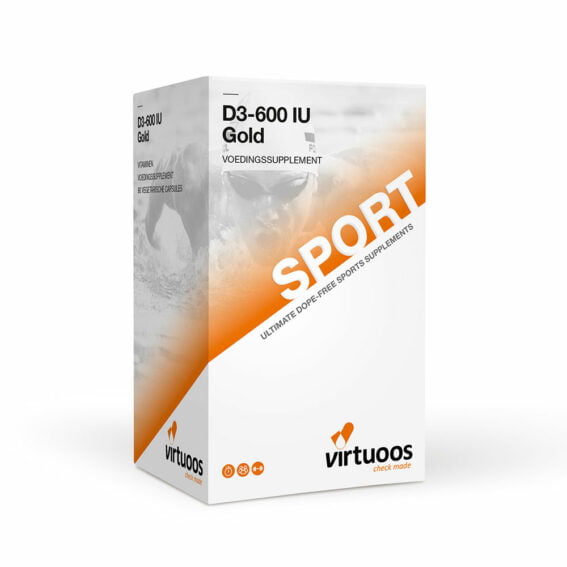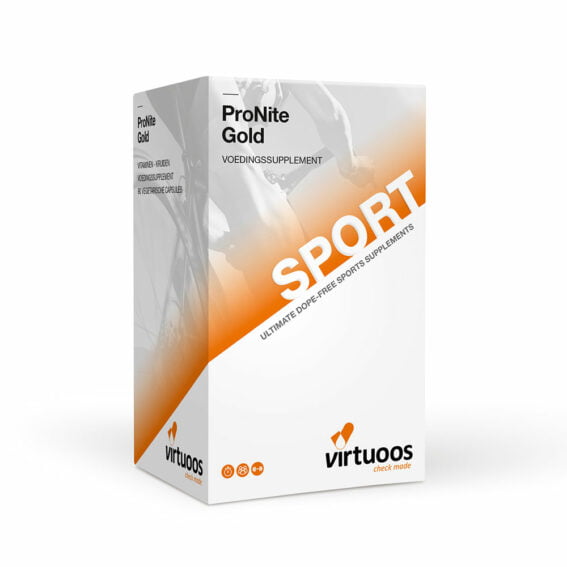Everyone is familiar with muscle soreness following intensive training. But what is muscle soreness exactly and how can you prevent it? Muscle soreness is not only annoying, but it can also reduce the quality of future training. Read here what you can do to reduce muscle soreness and start your next run fully recovered.
Causes of muscle soreness
The exact cause of muscle soreness is not yet clear. It mainly appears to be a result of damage to the muscle cells. Physical exercise, such as running, can actually cause minor tears in muscle tissue. Particularly when you train more intensively than usual or when you make an unfamiliar movement you can cause muscle damage and therefore also more muscle soreness(1).
As a runner, there are three factors that can cause muscle soreness (2):
- The duration of a run: There is a higher risk of damage during long runs than short runs.
- The intensity of a run: High intensity running also results in more muscle damage. Muscles are put under particular strain during high intensity interval training (HIIT).
- The slope of a run: If you walk up and down hills, your muscles are subject to a lot of eccentric contractions. This form of strain results in rather high levels of muscle damage and therefore also muscle soreness.
The damage that occurs in your muscles is followed by an immune system response. The immune system recognizes that there is damage and triggers an inflammatory response. This appears to be the second important mechanism for the development of muscle soreness. This inflammatory response also results in more fluid transfer to the muscles, which results in swelling. This swelling also appears to transmit pain signals to the brain (1,3).
Prevent and reduce muscle soreness
Muscle damage and inflammation are therefore probably the most important causes of muscle soreness. You want to influence these factors to prevent or reduce muscle soreness. You can do this by stimulating your body’s regenerative ability. This ensures that the muscle damage is repaired as quickly and effectively as possible and, therefore, that you have less muscle soreness.
Active recovery
Light activity after intensive exercise may have a favourable effect on blood flow to the muscles and on the processing of metabolic waste(4). Slowing down for a few minutes after training and then maintaining light activity for the rest of the day may improve your recovery.Slowing down for six to ten minutes after training and then maintaining light activity for the rest of the day may improve your recovery(5).
Massage and foam rolling
Massages and foam rolling are often used to reduce muscle soreness. The effectiveness of these techniques is probably connected to stimulating the blood flow from and to the muscles and reducing muscle swelling(4,6).
Sufficient sleep
Everyone knows that sleep is important, but it’s not easy for everyone to get enough sleep. Sleep is also important for muscle recovery. If you want to prevent muscle soreness, you should make sure that you get enough sleep.
Reduce stress
Stress is a physical response with many detrimental effects. Making sure you don’t suffer from stress is also important for muscle recovery (7). Minimizing your stress levels may therefore also reduce muscle soreness levels.
Good diet
Your body can recover best when it’s completely healthy. A healthy diet is therefore extremely important for reducing muscle soreness. Various specific points that can have a direct impact on muscle soreness are given below.
- Eat enough protein. Your muscles are composed of protein. This protein is damaged as a result of muscle damage. Damaged muscle protein is then removed after which new proteins appear in its place. Consuming enough protein stimulates your recovery and the development of your muscles.
- Eat enough. Your body needs enough energy to be able to recover well. If you don’t eat enough, your body cannot recover optimally and you’ll experience more muscle soreness.
- Make sure that you consume enough vitamins and minerals. Eat mostly unprocessed foods that are high in healthy nutrients. This includes vegetables, fruit, and whole grains. Vitamins and minerals are actually crucial for optimal body functioning and ensuring recovery after muscle damage.
Supplements
You can also take targeted supplements as an addition to a healthy diet. Dutch supplement brand Virtuoos has various products that can really help you as avid runner. Various interesting products are explained below:
- Whey Classic Gold: A protein supplement is an easy way to take extra protein. This is ideal for stimulating muscle recovery following regular or intensive training.
- Casein Gold: Casein protein is digested slowly, making it ideal to take before sleeping, so you stimulate muscle recovery during the night.
- Krill Omega-3 Gold: A source of healthy Omega-3 fatty acids.
- Multi Oxidant Control Gold (without B6): This multivitamin was specially formulated for athletes. This ensures that you benefit from a wide range of vitamins and minerals every day.
- D3 600IU Gold: Vitamin D is a crucial vitamin for all muscles. A vitamin D supplement is particularly recommended from September to April.
- Magnesium Gold: Magnesium is important for muscles. As an avid athlete, you certainly want to prevent a magnesium deficiency. You can increase your intake of magnesium with a magnesium supplement.
Recipe: Recovery shake
Ingrediënts:
- 25 g Whey Classic Gold
- 1 banana
- 30 g oats
- 100 g blueberries
- 15 g peanut butter
- 300 ml water
This recovery shake contains all the ingredients for optimal recovery. Protein, carbohydrates, water, and vitamins and minerals. A delicious way to stimulate your recovery straight after training.
Nutritional value:
kcal: 420, fat: 11 g, carbohydrate: 50 g, protein: 30 g
Sources
- Hotfiel, T., Freiwald, J., Hoppe, M. W., Lutter, C., Forst, R., Grim, C., … & Heiss, R. (2018). Advances in delayed-onset muscle soreness (DOMS): Part I: Pathogenesis and diagnostics. Sportverletzung· Sportschaden, 32(04), 243-250.
- Owens, D. J., Twist, C., Cobley, J. N., Howatson, G., & Close, G. L. (2019). Exercise-induced muscle damage: What is it, what causes it and what are the nutritional solutions?. European Journal of Sport Science, 19(1), 71-85.
- Cheung, K., Hume, P. A., & Maxwell, L. (2003). Delayed onset muscle soreness. Sports medicine, 33(2), 145-164.
- Dupuy, O., Douzi, W., Theurot, D., Bosquet, L., & Dugué, B. (2018). An evidence-based approach for choosing post-exercise recovery techniques to reduce markers of muscle damage, soreness, fatigue, and inflammation: a systematic review with meta-analysis. Frontiers in Physiology, 9, 403.
- Ortiz Jr, R. O., Elder, A. J. S., Elder, C. L., & Dawes, J. J. (2019). A systematic review on the effectiveness of active recovery interventions on athletic performance of professional-, collegiate-, and competitive-level adult athletes. The Journal of Strength & Conditioning Research, 33(8), 2275-2287.
- Pearcey, G. E., Bradbury-Squires, D. J., Kawamoto, J. E., Drinkwater, E. J., Behm, D. G., & Button, D. C. (2015). Foam rolling for delayed-onset muscle soreness and recovery of dynamic performance measures. Journal of athletic training, 50(1), 5-13.
